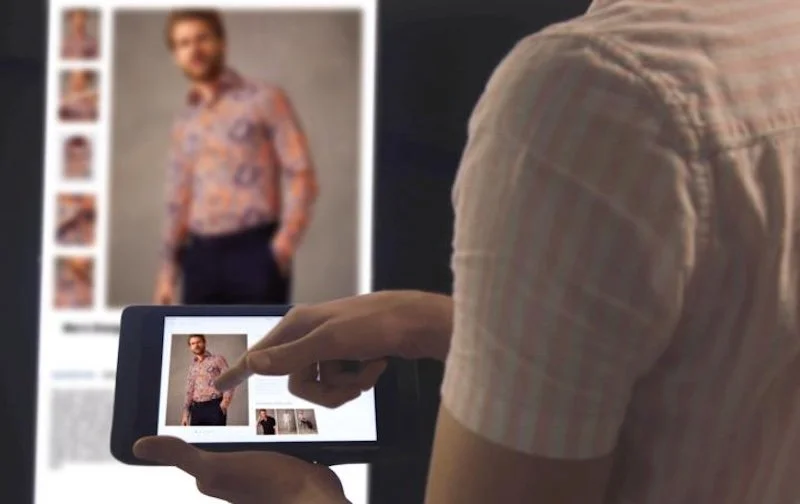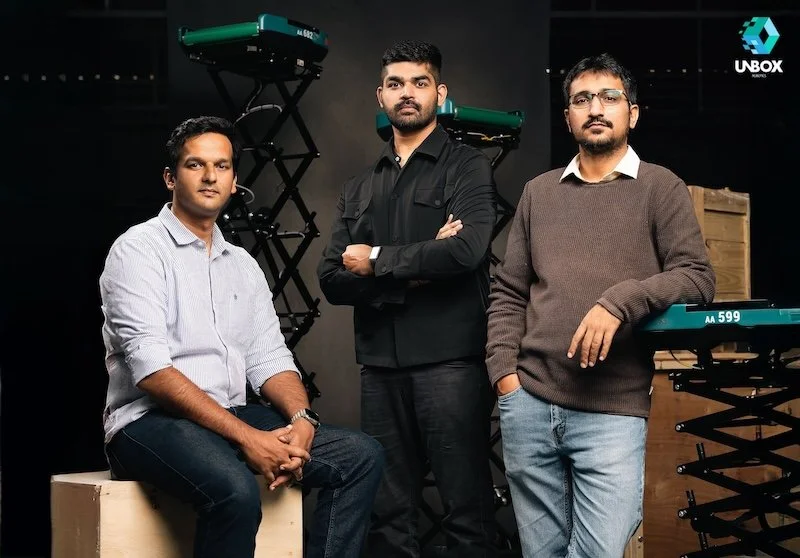Can tech reprogramme the High Street?
By Shane Finlay, Chief Value Advisor, SAP UKI
When was the last time you had a day out on the High Street?
If you’re like me, it was probably quite a while ago. We’re continually reminded, most recently by the financial woes of High Street stalwarts like Debenhams and House of Fraser, that the prospects for the in-store experience are grim.
According to Springboard, retail footfall in November dropped to its lowest level since the 2008 recession. To add to this, the British Retail Consortium has found this Christmas to be the worst in a decade. On 28th December, meanwhile, HMV announced it was calling in administrators for the second time in six years, putting more than 2,200 jobs at risk
In theory, we all want our High Streets and town centres to survive and thrive. In practice, the cost of travelling to the shop, finding what we want, in our size and then waiting in a queue to pay for our purchases, simply doesn’t equal the reward.
Certainly not when you compare it to the alternative of online shopping. Chances are that you’ve either made an online purchase or are planning to make one today. Shoppers in the UK make 87% of their retail purchases (grocery shopping not included) online.
However, I wouldn’t bet on the ‘death of the High Street’ just yet. If there’s any industry that is accustomed to responding to changing behaviours, styles and tastes, it’s retail.
Hope for bricks and mortar retailers comes in many guises. In the recent budget announcement, Chancellor Philip Hammond promised £1.5 billion worth of business rates relief and infrastructure funding for high-street retailers. That funding is intended to give short-term relief to struggling retailers and a long-term vision for town centres, helping them to meet the challenges of changing shopping habits and online competition.
Technology will save the High Street
Retailers should invest this funding wisely and ironically, technology, the most obvious factor in the decline of the High Street, now appears to be its greatest promise. While shoppers have moved away from physical stores, they still want physical encounters.
They want interactions, not just transactions. They want personal touch, an individual insight.According to KPMGs 2018 UK Customer Experience Excellence analysis, personalisation is the most valuable component of most experiences. What better way to provide personalisation than up close and in-store?
Sephora, for example, is implementing augmented reality technologies into its app in a bid for consumers to try before they buy. Think of it as omnichannel experiences with a technological twist.
Ikea recently implemented IKEA Place, an augmented reality app that helps you decorate your home virtually. Launched a year ago - and already downloaded two million times - this lets customers see exactly how more than 2,000 furniture items would look, and fit, in their homes. Technology such as this is allowing consumers to interact with brands and retailers in new ways and carry their experiences to in-store visits and purchases.
The fashion industry, which has traditionally been slower to embrace technology and e-commerce, is aiming to keep the feeling of exclusivity among customers. Fashion designer Badgley Mischka wanted a way to get products to consumers faster and saw technology as the key enabler. By reimagining the runway at New York Fashion Week with the Badgley Mischka Runway app, the brand shares exclusive details on each look in the collection, showcases new clothing to a wider audience, and gleans real-time insights from the audience.
Show-goers had the ability to ‘like’ or ‘love’ looks on the app as they came down the runway. In less than 10 minutes, the company had obtained a volume of feedback that would normally take six months to receive. That feedback can be used to enhance and tailor the in-store experience, as well as future production decisions. The app was built through a collaboration with SAP and Apple and uses a sophisticated user experience and Internet of Things capabilities to bring the runway to the masses.
In the increasingly saturated beauty industry, Covergirl is hedging its bets with heavy investment in tech alongside its first foray into bricks and mortar stores. An AI-powered hologram named ‘Olivia’ welcomes customers to the store, and can answer questions supported by Google’s conversational Dialogflow platform.
Customers can virtually try on makeup simply by picking up a connected product at an AR ‘glam station’, while lipsticks and makeup bags can be customised at a dedicated counter. Will this blending of tech and IRL (in real life) experiences make the store a success? We’ll have to see.
More personal, more interactive, more seamless; the journey is a difficult but exciting one. By reimagining their technology, retailers are completely reimagining the shopper journey and the way that customers engage with them. The goal is to create a shopping occasion that will lure customers back to the shops and create an experience that they want to experience again and again; one which is accessible, engaging and connected. whether that’s on a mobile device, a laptop or desktop computer or in a bustling High Street shop on a special day out.










Continue reading…